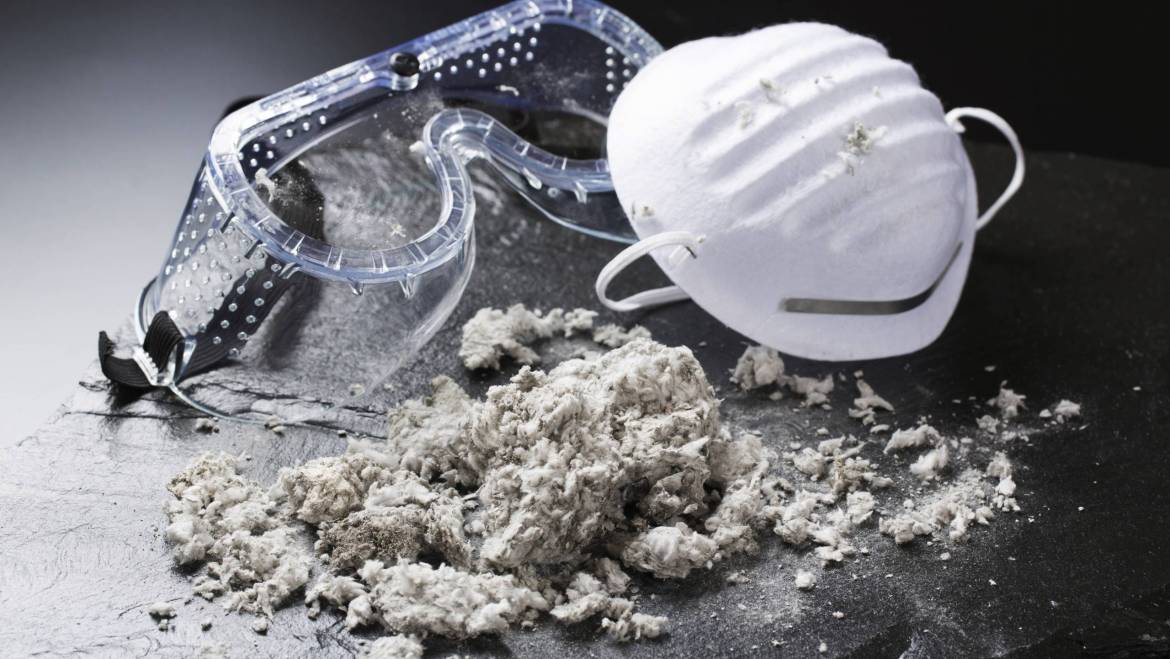WorkSafe New Zealand has issued a safety alert about non-compliant respiratory protection on the market. The alert highlights the issue of non-compliant and unapproved respiratory protective equipment being marketed as compliant.
Respiratory protection equipment that does not meet approved safety standards may leave workers exposed to dangerous respiratory risks whilst thinking that they are protected.
Workers in many industries use P2 disposable respirators, commonly known as ‘dust masks’, to manage the risks around breathing chemicals and dusts like silica and asbestos.
The recent COVID-19 pandemic has increased demand for these dust masks, and as a result, many businesses (PCBUs) have had difficulty obtaining them for their workers. The extra demand has also resulted in non-certified and inadequate respiratory protective equipment (RPE) entering the New Zealand market.
According to WorkSafe, disposable respirators that cover the nose and mouth should be compliant with AS/NZS 1716:2012, and clearly labelled with the manufacturer’s name, trade name, or mark, and the filter classification ‘P1’ or ‘P2’.
Many companies that manufacture compliant RPE are certified by an independent body and can be found on the JAS-ANZ Register
There are also international standards for respirators that are considered to be equivalent to AS/NZS 1716:2012:
- N95 masks that are rated compliant by the US National Institute for Occupational Safety and Health (NIOSH)
- European ‘FFP2’ masks that are compliant under EN149:2001
- Chinese ‘KN95’ masks that are compliant under GB2626:2006 (2019).
WorkSafe also advises the following:
- Before buying RPE, make sure it meets the AS/NZS standard or an accepted international equivalent, especially if you doubt it is compliant.
- Make sure the standard it cites matches the country of origin.
- Check that any product certificates have been issued by a legitimate certifying body – look for a licence number and the manufacturer’s name on the certifying body’s website.
- Check this NIOSH list
- for examples of fake respirators.
- Make sure workers are trained to use and maintain RPE.
- Make sure workers are fit-tested by a competent person so there’s an adequate face seal with their respirator.
- Seek advice from an occupational hygienist from either the:

